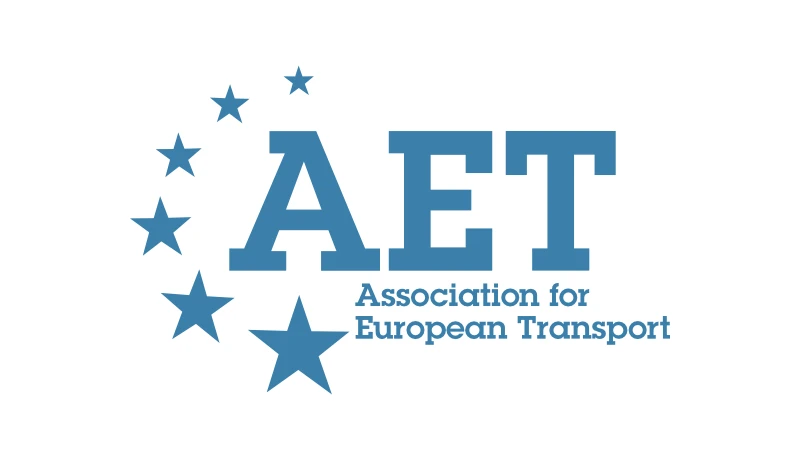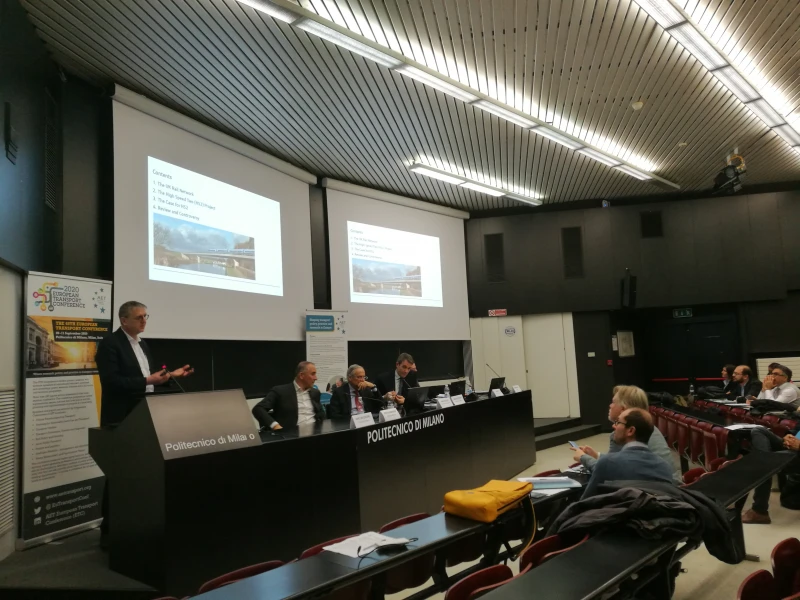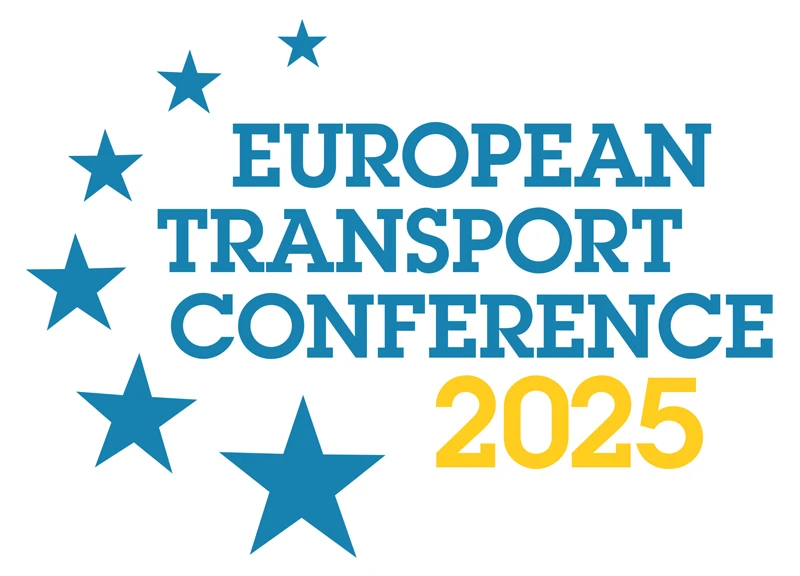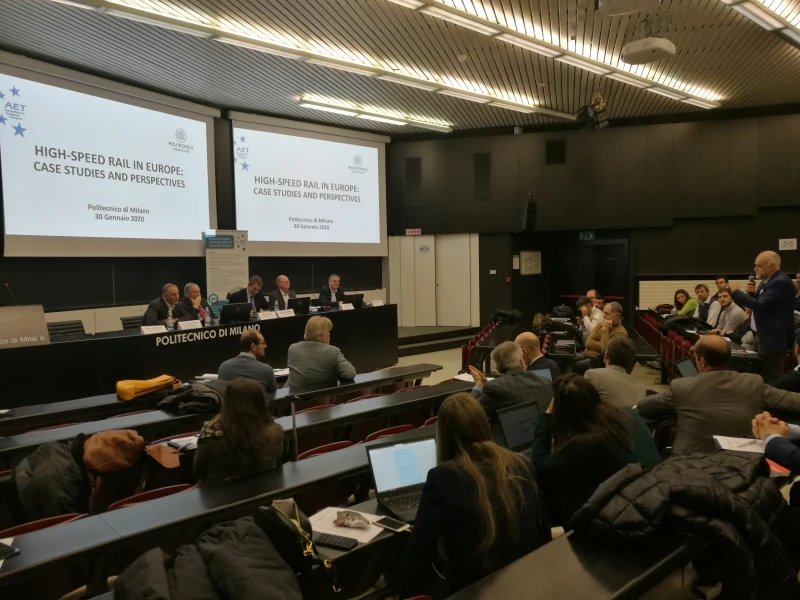-
Past ETC Papers
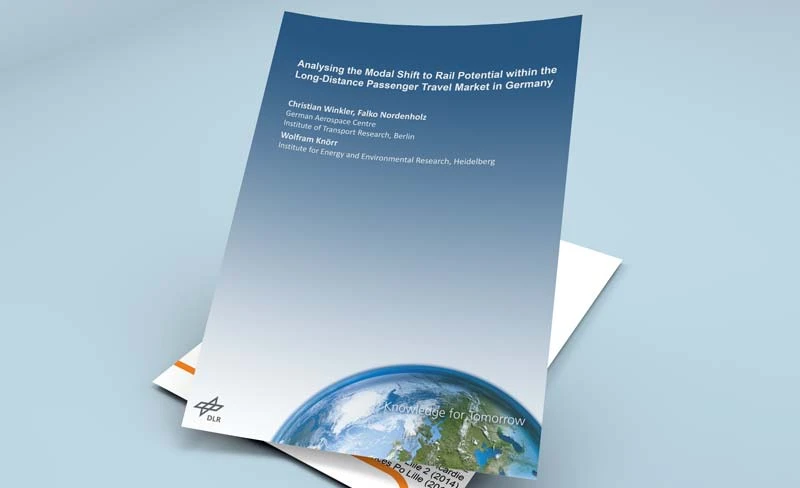
Browse, search and view papers from the past AET Conferences.
-
Members' Area
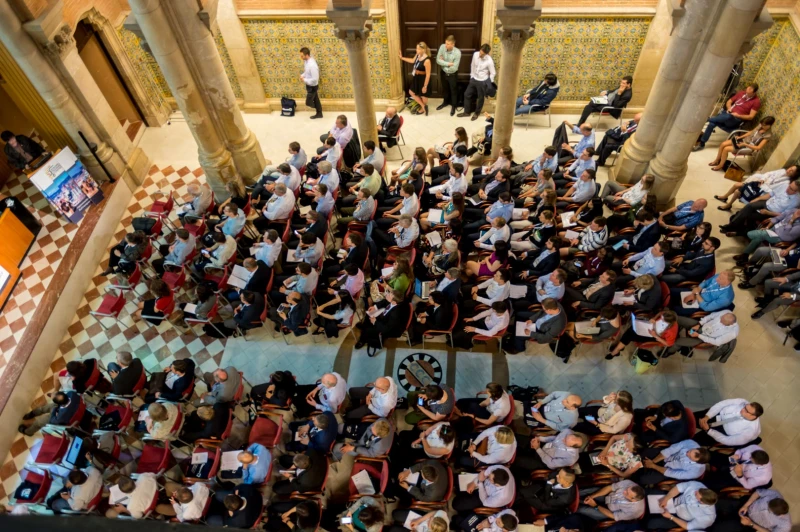
AET promotes networking and exchange of ideas, information and opportunities amongst members.
Conference Papers 2002
Cambridge, United Kingdom
ETC Conference Papers 2002
A generation constrained approach for the estimation of O/D trip matrices from traffic counts
Seminar
Day 2 (10 Sep 2002), Methodological Innovations, Matrix Estimation, 19:00 - 22:00
Status
Accepted, documents submitted
Authors
I Domenico, ATAM - Reggio Calabria; M N Postorino, University of Reggio Calabria, IT
Abstract
Over the last years increasing attention has been devoted to methods for the estimation of O/D matricesfrom traffic counts, named in the following O/D count based estimation, ODCBE. These methods efficiently use traffic flow measures combining them with other available information, in order to correct and improve an initial estimation of the O/D trip matrix.
All the methods proposed to resolve the ODCBE need an initial estimate of the O/D matrix (target matrix) and a set of link traffic flows measured on the transportation network. Virtually all of them are formulated as optimisation or mathematical programming problems with an objective function and a set of constraints. ODCBE models also need an estimation of the assignment matrix, i.e. of the O/D flow percentages that use each link of the network for which traffic counts are available. These percentages depend on the generalised costs for all the links of the network, but for congested networks generally these costs are not known by the analyst and they are computed on the basis of the link flows forecasted through the assignment model, that again depend on the O/D matrix to be assigned. In the literature the problem of the circular dependence among the O/D matrix estimation and the traffic flow assignment has been studied by different authors as a problem of bi-level mathematical programming fordeterministic user equilibrium assignment models (Fisk, 1988, 1989; Bell, 1991; Chen and Florian, 1994, Yang, 1995; Cascetta and Postorino, 2001).
In this paper a generalised least squares (GLS) model and a stochastic assignment model are used to resolve the ODCBE problem. Particularly, the objective function is specified in order to take into account some generation constraints that prevent the emission from each origin zone to be greater than the actual one, as could be the case if no constraints in that sense are introduced.
In the proposed formulation a trip generation constraint is explicitly considered in the model, taking into account the fact that the estimated trips generated by each zone cannot be greater than the maximum actual generation of the zone itself. It is well known that, given a set of counted traffic flows, there are more O/D matrices that, assigned to the network, reproduce the same observed flow values. The introduction of the trip generation constraint allows to select, among the possible solution of the problem, the matrix that satisfies the generation constraint and then is more reliable.
The results obtained on a test network are very satisfactory and they show a general improvement with respect to the usual formulation both in the reproduction of the counted flows and the no-counted flows, i.e. on the whole network.
Documents:
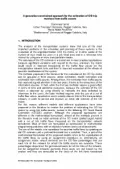
Association For
European Transport
Forester House
Doctors Lane
Henley-in-Arden
Warwickshire, UK
B95 5AW
+44 (0) 15 64 793552
VAT number: 710 1866 64
Conference Supporters & Endorsers




Legal Entity
The Association for European Transport is registered as an Association ('vereniging') with the Chamber of Commerce for Haaglanden in The Netherlands under company number 27170096.
Built on Zenario

